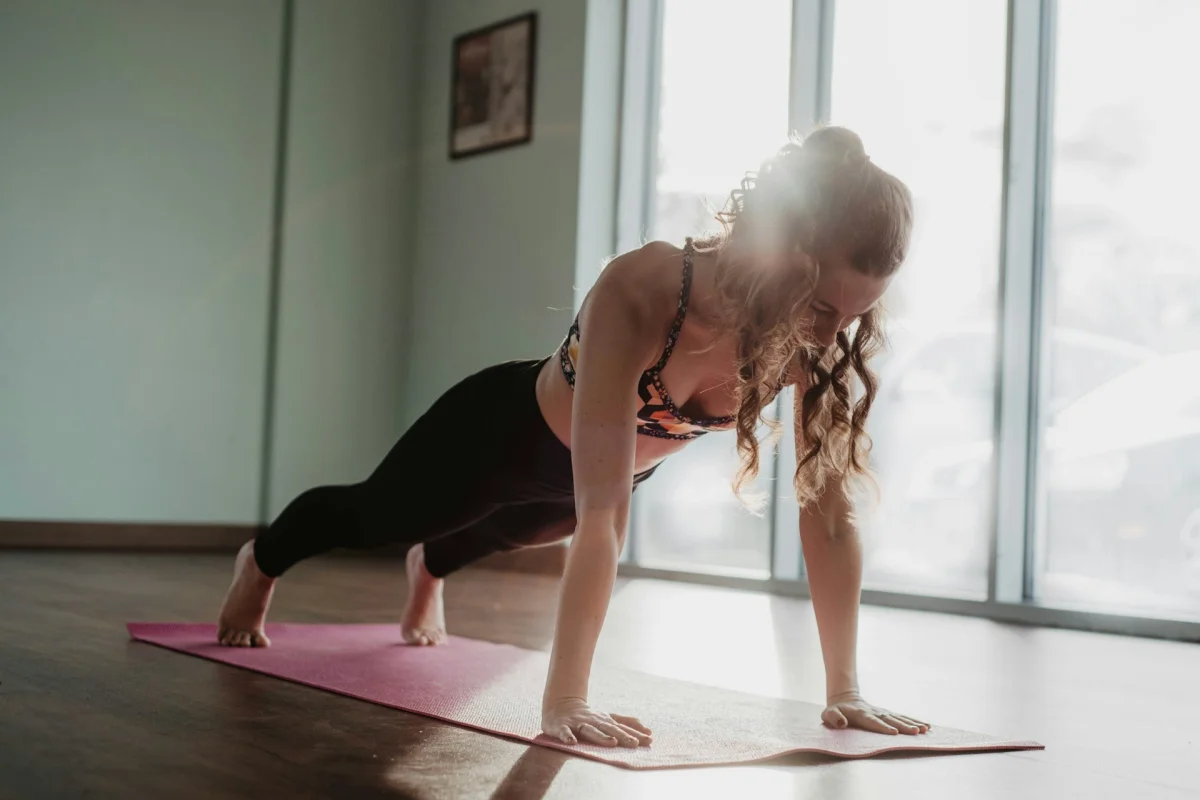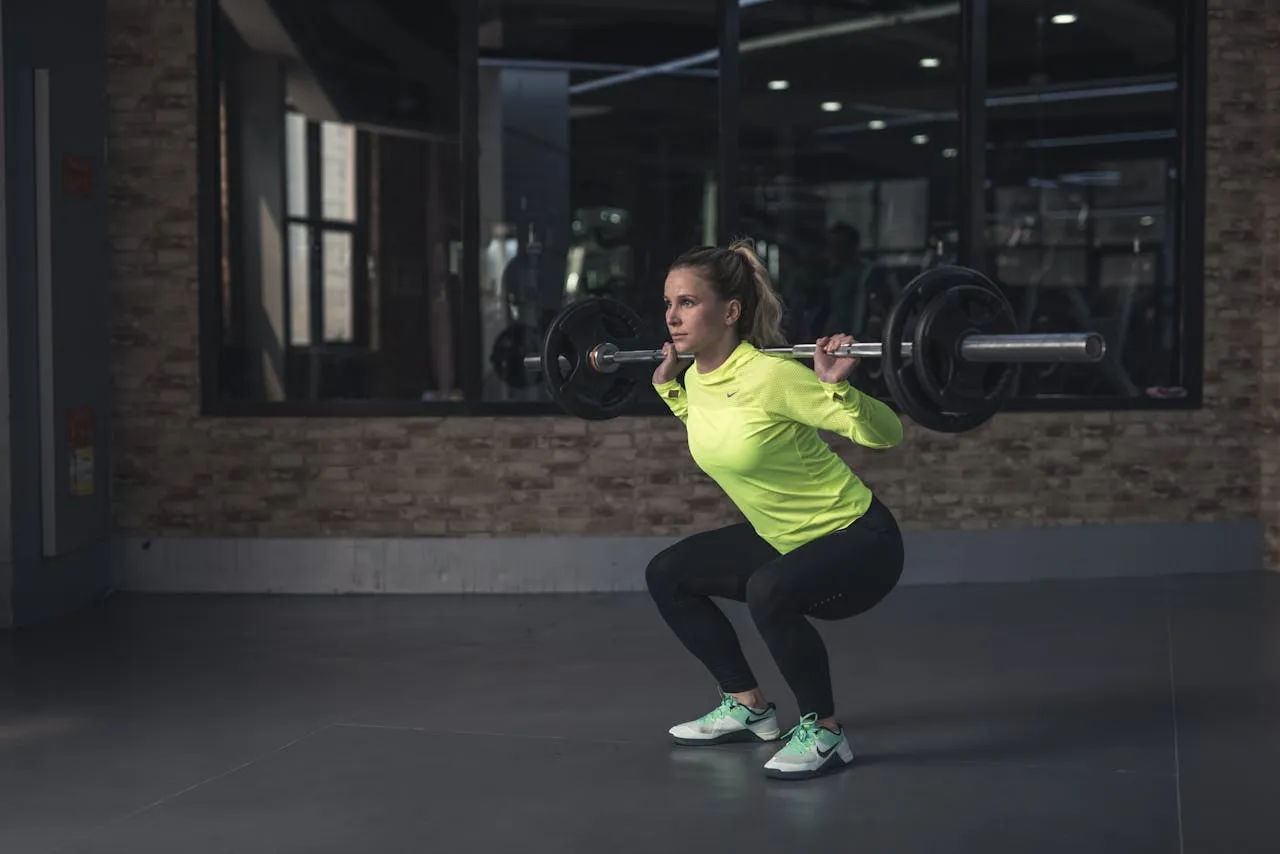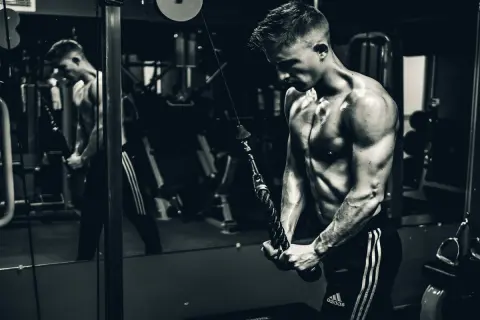 Wednesday, March 5, 2025
Wednesday, March 5, 2025Breathing and Core Stability in Training: The Crucial Factors for Performance and Injury Prevention
Proper breathing and core stability play a central role in strength training and functional training. They not only influence strength development but also injury prevention and overall performance. Many athletes underestimate these factors, thereby squandering potential or even exposing themselves to an increased risk of injury.

The Importance of Breathing in Training
Correct breathing technique supports performance, reduces the risk of injury, and enhances overall stability. Additionally, breathing affects the oxygen supply to the muscles as well as control over intra-abdominal pressure.

Breathing Techniques for Different Types of Training:
Strength Training: The Valsalva technique is commonly used during heavy lifts. Here, a deep inhalation is taken, the breath is held briefly, and during the concentric phase, exhalation is controlled.
- Endurance Training: Consistent nasal-mouth breathing ensures optimal oxygen intake and reduces fatigue.
- Functional Training & Yoga: Conscious diaphragmatic breathing improves control and leads to more stable core activation.

Intra-abdominal Pressure and Its Role:
In strength training, intra-abdominal pressure plays a crucial role. Through conscious abdominal breathing, pressure in the abdominal cavity can be increased, stabilizing the spine and reducing the risk of injury. This mechanism is especially vital during squats, deadlifts, and shoulder presses.

Core Stability: The Foundation for Strong Performance
The core (trunk muscles) is the center of force transmission between the upper and lower body. A stable core musculature not only improves posture and strength output but also lowers the risk of back injuries.

The Key Muscle Groups of the Core:
Transversus Abdominis: The deepest abdominal muscle, responsible for trunk stability.
Rectus Abdominis: The "six-pack muscle," primarily responsible for spinal flexion.
Obliquus Internus & Externus: The lateral abdominal muscles, crucial for rotation and lateral stability.
- Back Extensors (Erector Spinae): Stabilize the spine and support back bends.
- Pelvic Floor Muscles & Diaphragm: Work synchronously with breathing to regulate intra-abdominal pressure.

Effective Exercises for Breathing and Core Stability
| Exercise | Description | Benefits |
|---|---|---|
| Plank | Static hold exercise for the entire core | Increases trunk stability |
| Dead Bug | Controlled movement of arms and legs with active core | Promotes coordination and core control |
| Hollow Body Hold | Abdominal muscles are loaded isometrically | Strengthens the transversus abdominis |
| Diaphragmatic Breathing | Deep inhalation and exhalation to activate abdominal muscles | Optimizes intra-abdominal pressure |
| Pallof Press | Pushing a resistance band against lateral rotation | Increases anti-rotation strength |

Conclusion
The optimal combination of breathing technique and core stability can significantly enhance performance and prevent injuries. A conscious focus on breathing, particularly the control of intra-abdominal pressure, is vital for safe and effective training. Through targeted core training exercises, athletes can not only increase their strength but also achieve improved posture and stability in everyday life.


